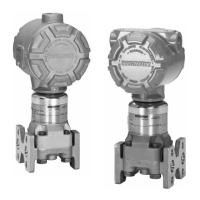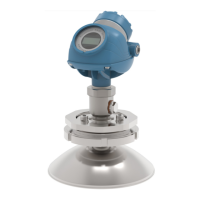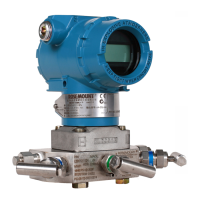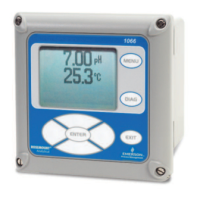3.9 COe Purge/ Zero Feature
This feature provides a way to periodically flood the COe sensor with air to perform two
functions; a) provide additional oxygen to help burn off any combustible residue from the COe
sensor, and b) allow for optional adjustment of the COe calibration constant. If the OCX8800 is
configured to update the COe calibration constant, only the constant is updated. The COe
calibration slope is not affected. To update both the constant and slope a full calibration must
take place.
The feature uses the calibration solenoid that is also used for high O2 test gas and COe zero gas.
For the feature to work properly, instrument air is used as the high O2 test gas. This also requires
the high O2 test gas value to be set at 20.95%.
As an option, a two way valve may be installed to switch the high O2 test gas between the
normal calibration gas and instrument air. This allows the Hazardous Area OCX 8800 to use a
specified calibration gas for calibration, then instrument air for the COe zero feature. Switching
between the two gases must be manually coordinated between scheduled calibrations and COe
zero events.
When the COe zero feature is used, special pneumatic connections are required. See
Section 2.5, for details.
The COe zero feature is only valid if the Hazardous Area OCX 8800 is supplied with calibration
solenoids and the solenoids have been activated.
A Hazardous Area OCX 8800 shipped from the factory must be configured before the COe zero
feature can be implemented. This same process must be performed any time a replacement
card stack is installed.
During the COe Zero Function the analog output signals may track the oxygen and
combustibles readings if configured to do so. To avoid a potentially dangerous operating
condition, the Hazardous Area OCX 8800 must be removed from the automatic
combustion control loop before performing the COe Zero Function procedure.
At the completion of the COe Zero Function, the COe analog output signal will change if
the Zero Update parameter is set to "Yes".

